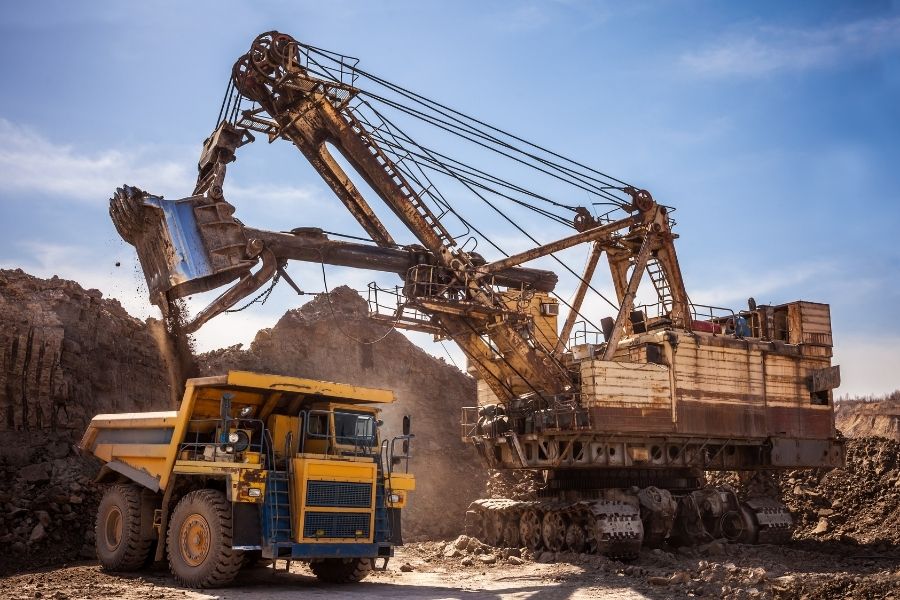4 min read
No Time for Celebration: Australia Must Catch Up on Going Green
![]() Solar Trust Centre Team
:
Feb 3, 2022 9:00:00 AM
Solar Trust Centre Team
:
Feb 3, 2022 9:00:00 AM
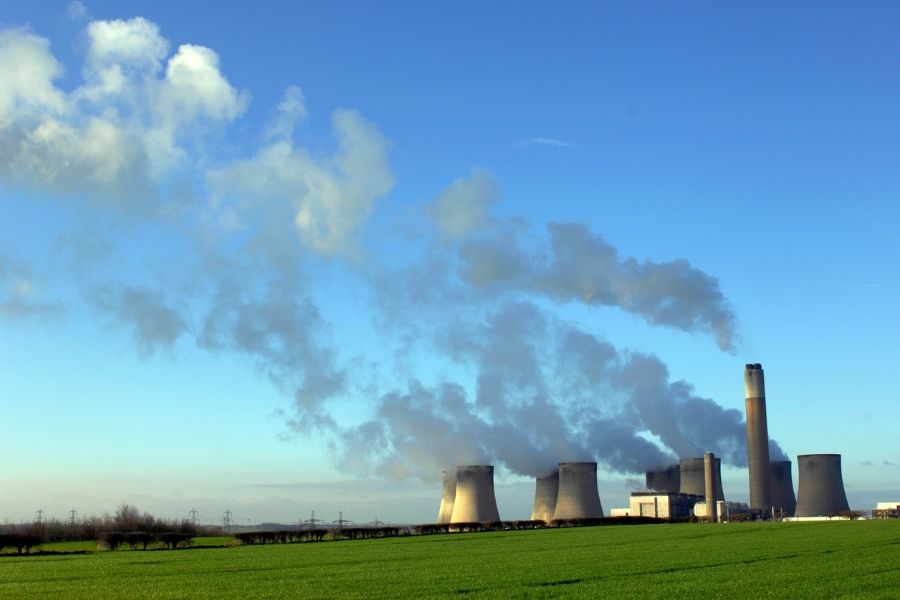
Recently some in Canberra have begun doing a ‘victory lap’ surrounding the growth of renewable energy. Given 2019 saw renewables hit the milestone of providing over 50% of electricity to the main national grid for a time, and it’s held renewables could meet 100% of consumer demand for electricity at certain times of the day as soon as 2025, there’s indeed much for Australians to celebrate. But while Australia’s renewable energy capacity growing so well is tremendous, it’s ultimately just half the story.
The reality is numerous national leaders (of various political parties) have dragged their feet when it comes to supporting cutting carbon emissions. Yes, using more renewable energy will help cut emissions by virtue of seeing clean energy replace fossil fuels in many areas, but there’s also the need for the political class in Canberra to actually set policy that decisively reduces emissions too - and fast. Accordingly, news of the surging growth of renewable energy isn’t a moment for all in the Canberra class to just stop and pop the champagne, as the fact is when it comes to setting emissions reduction targets Australia remains far behind many other nations in the world.
Defining the Differences

Unquestionably part of the reason some politicians have been able to get away with dropping the ball for so long surrounding emissions reduction targets owes to the fact there’s a number of different data points, and these can be confusing to many people when thrown out there all together in a routine press release. For any of our readers who may feel a little confused right now, it’s worthwhile to define what these key figures are.
The Emissions Reduction Targets, Net Zero, and 2°C.
A present target for Australia is to see emissions reduced 26%-28% by 2030. Canberra is yet to set a target for net-zero emissions - the level at which the amount added by emissions is no greater than the amount taken away. Many other nations have already set 2050 as their goal for this, but leaders in Canberra have refused to do so for years.
What’s more, this 2030 target also doesn’t cut the mustard if Australia is to do its part in helping the world avoid going beyond more than a 2°C rise in temperature above pre-industrial levels. This 2°C target is seen as an ‘upper limit’. While it’ll have greater consequences than a lower target of 1.5°C, hitting this limit is certainly preferable to passing it which has been called a ‘point of no return’.
Passing the Buck
One of the common arguments often used for rebutting calls for leaders in Canberra to take stronger action on emissions is as follows; ‘oh but Australia’s a small emitter overall, and so it won’t matter what we do if the big nations don’t change their policies’. There are many problems with this argument, and it’s worthwhile that they are unpacked one by one.
‘Australia’s a small emitter...’
According to 2019 stats - useful as a reference point given the pandemic has delivered a temporary reduction in emissions in many locales as lots of us have started working-from-home and utilising our cars less - Australia accounts for just 1.12% of carbon emissions. Other measurements put the figure at higher levels, but it still remains in the low percentages.
So yes, Australia is a smaller emitter compared to the biggest nations in the world. Nonetheless, even when going on the ‘lower’ figure of 1.12%, this still places Oz in the top 15 largest-emitting countries - and there are ultimately around 200 countries in the world. That means it's not a small emitter at all when considered in the global context.
‘...it won’t matter what we do...’
If Australia takes action to reduce emissions in a sufficient way, it joins other countries in adding pressure on any government that is not taking climate change seriously to do so. Simple as that.
‘..if the big nations don’t change their policies’
Sure, let’s be blunt here: if the world’s biggest nations didn’t do anything to cut their emissions then even if Australia stopped all of ours tomorrow it wouldn’t put the brakes on the impact of climate change globally. But the problem with this line of thought is that the world's biggest nations are making moves in this area.
The U.S. government earlier this year set a new target to reduce emissions by 50%-52% by 2030. India previously pledged to reduce emissions by 33%-35% by 2030, and as of this year, the Indian government says the country is on track to meet that target early, and thus ultimately exceed the target by 2030. The European Union says its bloc will slice emissions (in comparison to 1990 levels) by a minimum of 55% by 2030. Similarly, the U.S and EU have said they’ll reach net zero by 2050, and - while India is yet to officially announce it - its positive progress surrounding 2030 means it is well-placed to reach net-zero by 2050, and reportedly may even set 2047 (the 100 year anniversary of India’s independence) as its target.
Even China - while a unique consideration in this area as it’s currently the world’s biggest emitter - has said prior it believes its emissions will peak by 2030, and ultimately the country expects to reach net-zero by 2060. The fact the world’s biggest emitters have all flagged substantial action in this area means anybody in Canberra previously justifying inaction based on ‘let’s wait and see what other countries do’, would find their approach has now unquestionably run out of time.
Sharing the Same Path
There’s widespread agreement across Australia that things that can cause us harm like drink-driving should be banned across the country, and things that benefit us like public parks and libraries should be supported. That’s why when it comes to climate change, we need leaders in Canberra to support policies that will properly reduce the harm of it, and enhance the benefits that renewable energy can provide.
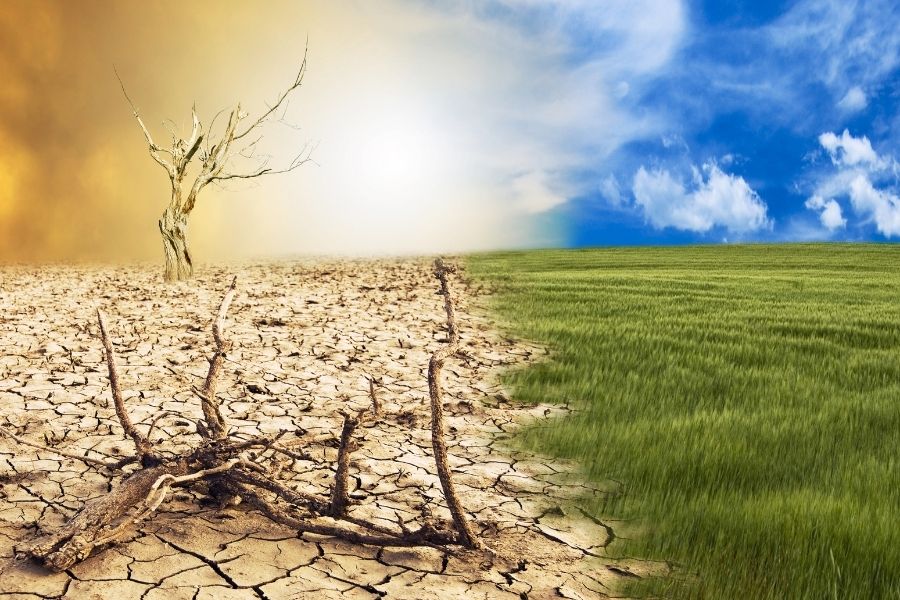
Doing so isn’t about grand idealism, but instead is anchored in very plain and practical realism: reduce harm, and enhance benefits. The havoc that climate change is expected to cause in the years ahead - and indeed, already has caused - doesn’t have any care for partisan politics. Every Australian - and thus every politician - has skin in the game when it comes to seeing emissions driven down. So many of our readers have already played a role in this regard by getting a rooftop solar system - and many that are yet to have plans to do so in future and by adopting more eco-friendly practices in their daily life generally.
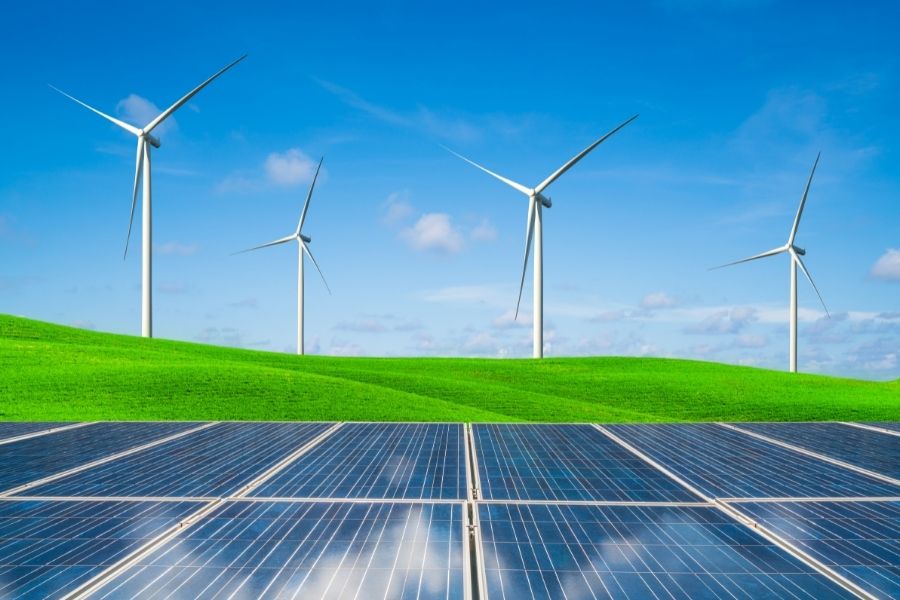
Yes, growing renewables is critical to a clean and green country. Yet just as a bird needs two wings to fly properly, Australia must raise renewables and diminish emissions to be able to travel effectively towards a better future. A one-winged approach that ignores proper emissions targets will risk seeing Oz just go around in circles. In 2021, it’s time for all our leaders to become leaders and see Australia set targets to drive down emissions decisively.
Browse our website for more on solar and renewable energy.
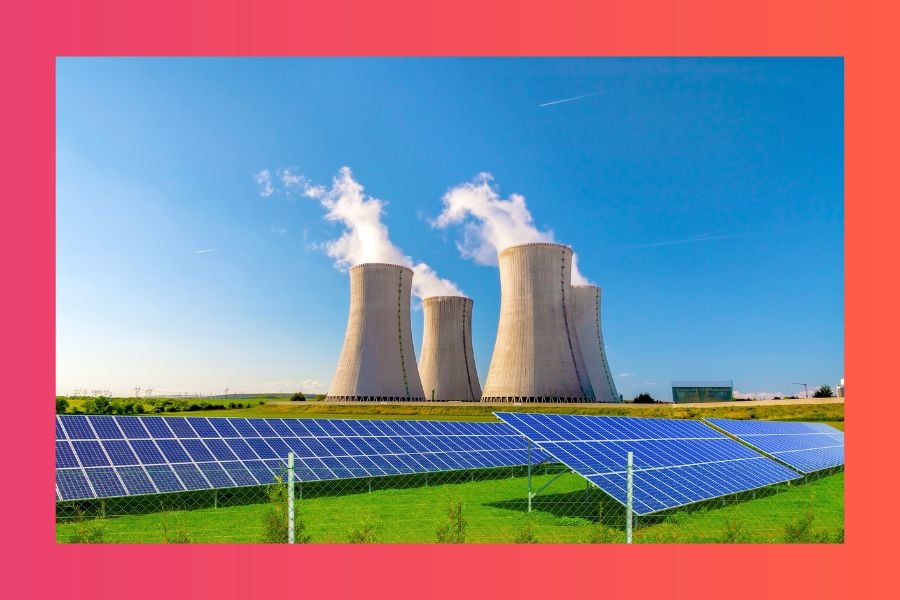
Is Australia Ever Actually Going to Embrace Nuclear Energy (and Should It)?
Australia has recently seen the national conversation injected with a new push by some for the introduction and utilisation of nuclear energy going...
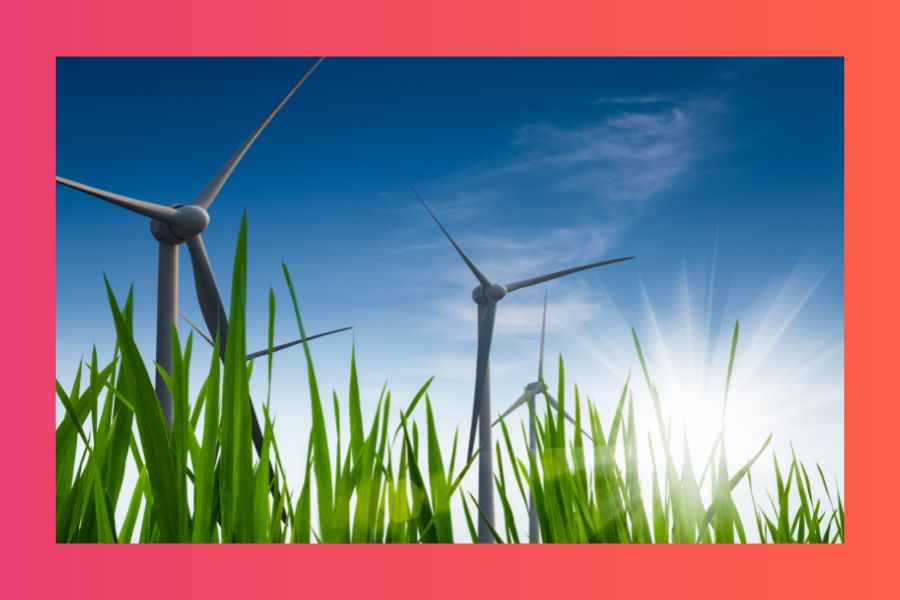
Comparing Australia and Canada in Going Green
Of all the countries in the world which Australia is comparable with, arguably Canada is the closest. Yes, New Zealand is the nearby neighbour and...

